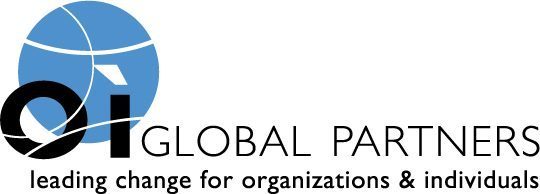High potentials are the focus of high anxiety among employers, and they have been receiving a higher priority because of it, according to several surveys by OI Partners:
 Worry: Employers are more anxious about turnover of high potentials than for any other employee level. 90% of organizations are concerned about losing high-potential workers in an improving job market.
Worry: Employers are more anxious about turnover of high potentials than for any other employee level. 90% of organizations are concerned about losing high-potential workers in an improving job market.- Past Turnover: High potentials have the highest turnover rate of all organizational levels. 30% of employers have reported an increase in departures of high potentials.
- Future Turnover: High potentials are considered most likely to leave. 48% of companies regard high potentials as their greatest flight risk.
- Succession: 49% of organizations consider high potentials to be their second biggest source of future leaders, behind only middle managers (chosen by 52% of survey respondents). However, 37% of businesses report they do not have enough high-potential employees on board.
What’s an employer to do to ease this high-potential anxiety?
Executive Coaching
Employers are more often providing executive coaching programs to high potentials and for a variety of reasons, according to the OI Partners surveys:
- Increasing: 40% of companies forecast an increase in offering coaching to high potential employees, while only 6% predicted it would decrease.
- Leadership Development: Sharpening the leadership skills of high potentials is the top reason why organizations are utilizing executive coaching (chosen by 43% of respondents).
- Retention Strategy: Coaching programs are the second most popular method being used to help retain high potentials, behind better compensation and benefits. 40% of organizations are employing coaching as a retention tool for high-potential employees.
Financial Incentives
Employers are also offering financial-related incentives to retain high potentials:
- Better compensation and benefits are being given by 43%
- Tuition reimbursement is being provided by 37%
- Retention bonuses are being awarded by 17%
Non-Financial Incentives
Non-financial incentives are also being extended to high-potentials to assist in retaining them:
- Mentoring programs are being offered by 38%
- Flexible hours and schedules are being utilized by 30%
- Casual dress codes are being used by 22%
- Telecommuting is being offered by 20%
Protecting Their Investment
With turnover among high potentials growing and greater concerns about more future leaders leaving, organizations are implementing programs to retain talent. 2 out of 3 employers have initiated measures to hold on to their most talented employees with retaining high potentials a major focal point of their efforts.
Offering coaching to high potential employees ensures they will progress into the types of leaders organizations want and need. It also signals to high potentials that employers are committed to their career development. By combining a mix of coaching, financial and non-financial incentives, organizations can ease their anxiety over losing high potentials and protect their investment in their future leaders.
Share this post:

Comments are closed